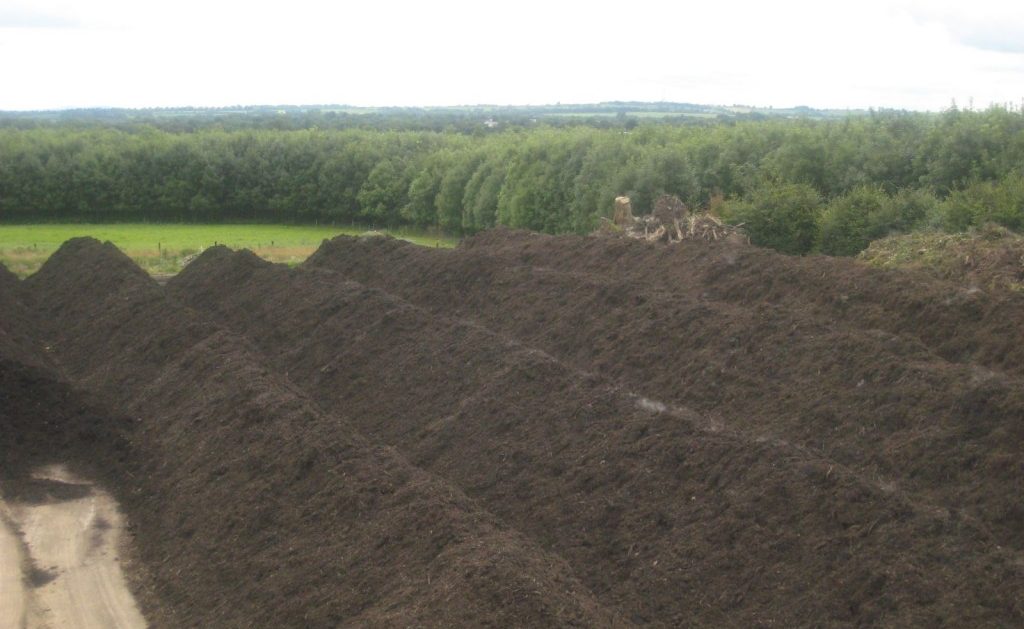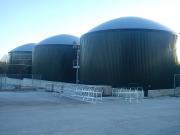Composting
There are three main methods used in the UK for recycling food waste.
Anaerobic Digestion is the government’s preferred method for recycling food waste for the following reasons:
a) Food waste is diverted from landfill
b) The process produces electricity or fuel
c) Compost is also produced
Anaerobic Digestion(AD)
Food waste is collected separately at the kerbside and taken to the AD plant. Any contamination is removed such as plastic, biodegradable bags and cutlery. The waste is then chopped up and put into a huge sealed vat.
As the food waste biodegrades it produces methane which is burnt to create electricity or turned into fuel for vehicles. The remaining waste product, or digestate, is then sold as compost.
Biodegradable bags will not degrade in Anaerobic Digestion.
In Vessel Composting(IVC)
IVC is similar to the process that you use in your compost heap at home. The waste which can be garden waste only or garden waste combined with food waste is taken to the composting plant and placed in large containers.
It is turned several times to allow air to flow through it which speeds up the biodegrading process. New material is placed at the top of the heap and compost is removed from the bottom.
Windrow
Garden waste is placed in rows in an open field and turned several times to allow air to speed up the composting process.
This method cannot be used for food waste because of the risk of wildlife spreading contaminated food waste.



